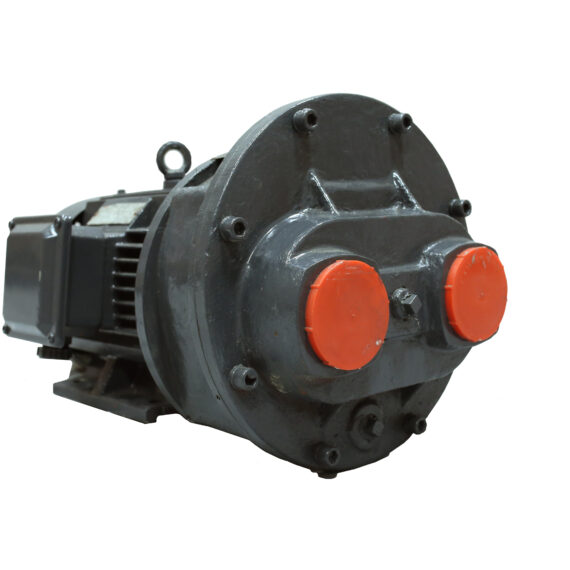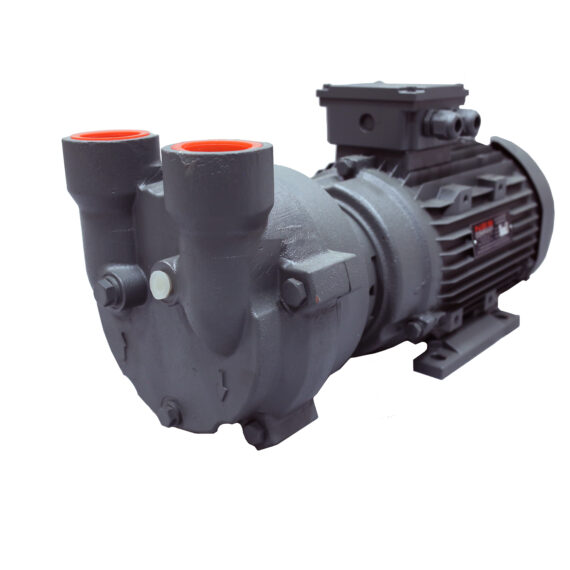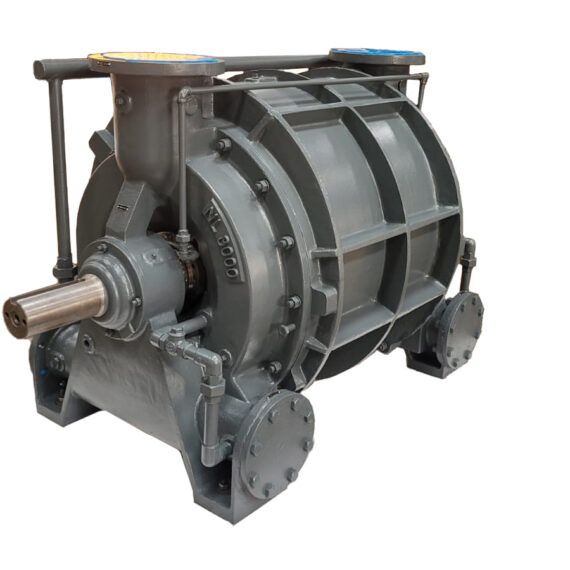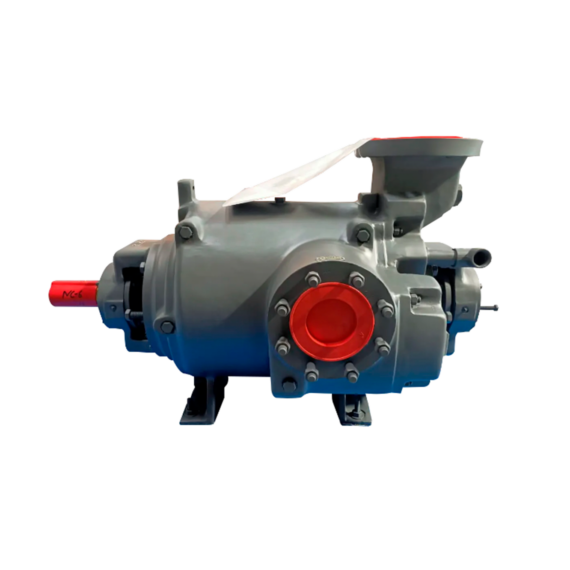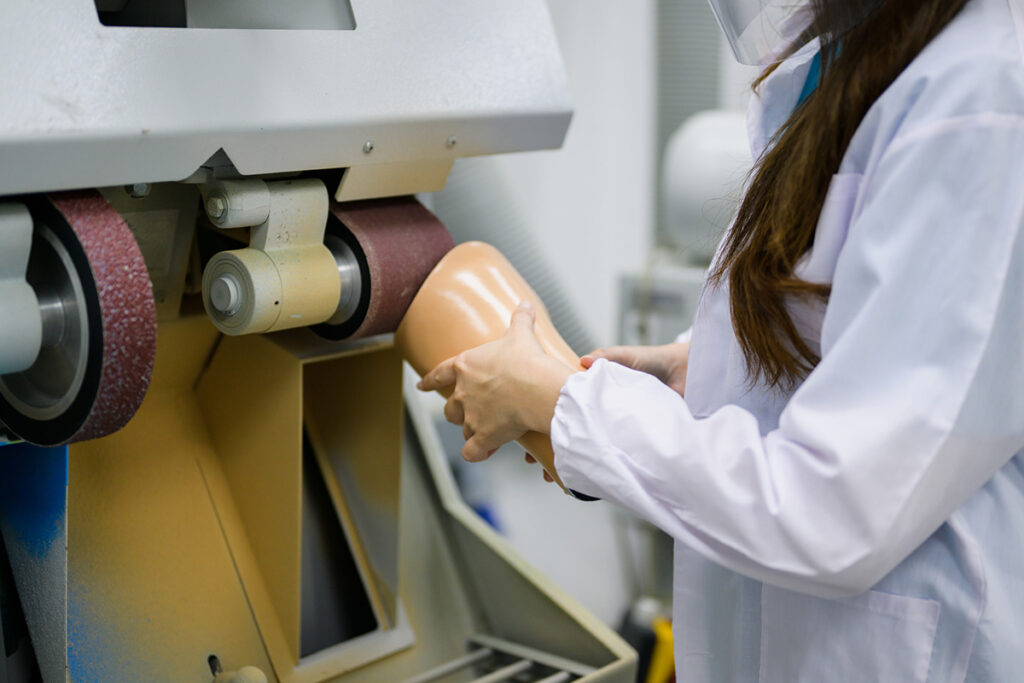
Uses Of Liquid Ring Pumps In Medical Devices/Prosthetics
The evolution of prosthetic manufacturing has revolutionized the design of custom-made devices, ensuring enhanced comfort and functionality tailored to each individual. Unlike earlier generic prosthetics, modern prosthetics and orthotics, including splints and braces, are customized through vacuum forming.
Cyclotrons and synchrotrons are both examples of particle accelerators which require vacuum to function properly. These setups typically require multiple stages of vacuum pumps steadily increasing the vacuum level to those near outer space. With a roughing pump, fining pump, and UHV (ultra-high vacuum) pump, the chamber is able to reach such deep vacuum that a particle can remain in an accelerating state without collision for the entire duration of the acceleration procedure, and it can be used for the intended purposes without wasting enormous amounts of energy and cost. Through the use of vacuum, these particle accelerators are able to function exactly as intended.
View our Products
Cyclotrons (AKA Compact Circular Accelerators) use two semicircular D-shape electrodes, colloquially called “dees”, in a vacuum chamber. An oscillating radio frequency electric field is applied between the dees and a constant magnetic field is applied perpendicular to the dees.
When a charged particle is injected at the center via ion source (ion gun), the magnetic field bends the ion’s trajectory into a circular path. Every time the particle crosses the gap between the dees, the RF electric field imparts a voltage that accelerates the ion because of its electrostatic force. The particle slowly increases the radius of its path, following a spiral trajectory at incredible speeds until it reaches the outer edge of the chamber. At this point, a deflector or kicker magnet, which is a dipole magnet with precise field shaping, pulls it out of the spiral path directly into a target. Cyclotrons are most often used for the research and production of medical isotopes for radio-pharmacy and compact ion therapy because cyclotrons are efficient for accelerating larger particles like protons, deuterons, and alpha particles, all of which are typically used in radioisotope production.
Synchrotrons consist of a large circular ring with evenly spaced RF cavities and magnetic bending elements. Particles are injected into the ring chamber at a slant and their trajectory is formed via the magnetic bending elements into a circular path. By passing by the RF cavities, their speed increases and they gain mass relativistically, meaning that the energy imparted upon the ion results in an increase in momentum. Because its mass increases its centrifugal force increases, so the magnetic field strength is increased to maintain the circular trajectory. The electric and magnetic fields are perfectly timed (“synchronized”) to the state of the particle being accelerated. Once the particle is sufficiently accelerated it is guided by similar kicker magnets to colliders (chambers which collide multiple accelerated particles), detectors (sensors that are able to record the passage or interaction of accelerated particles), or experimental stations (chambers which contain synchrotron radiation beamlines that are easier to analyze). Synchrotrons are best for high-energy physics research, light property research, and particle collision research.
Both of these particle accelerators require a chamber in which the particle is free to accelerate. If there are too many particles already within the chamber, the ion will only collide with those particles, unable to accelerate to any meaningful degree. Thus, the multiple stages of vacuum are applied. Vacuum systems have proven to be indispensable to modern particle accelerator research and applications, enabling the precise control required for isotope production, collision physics, and synchrotron radiation.

